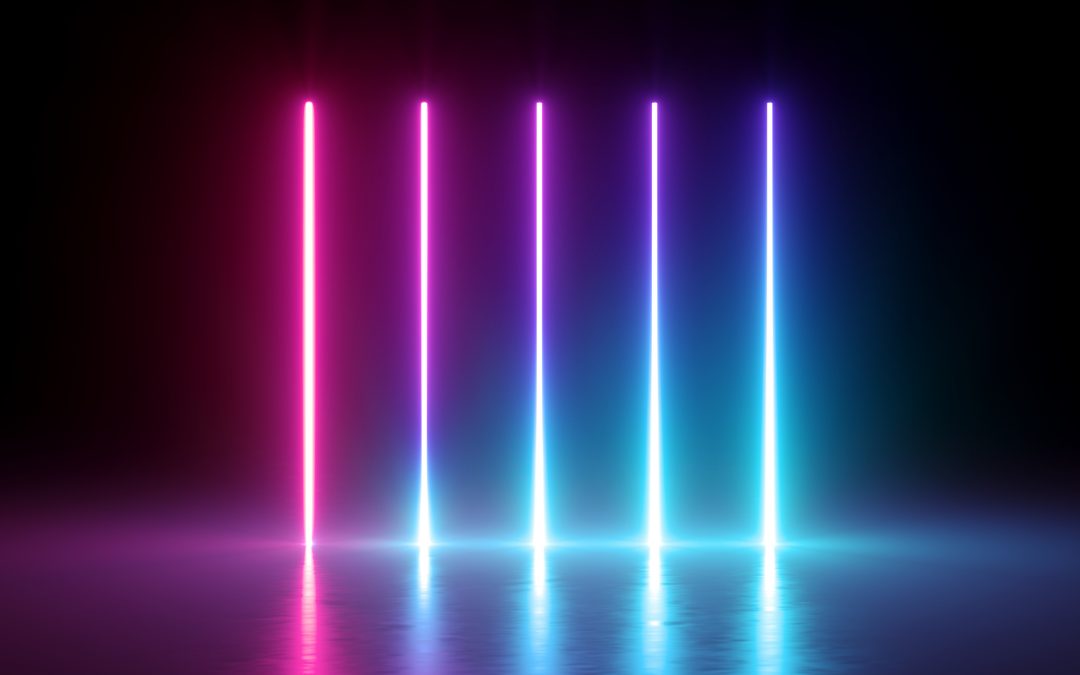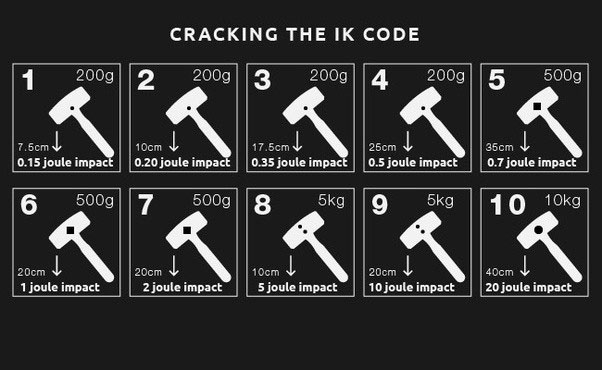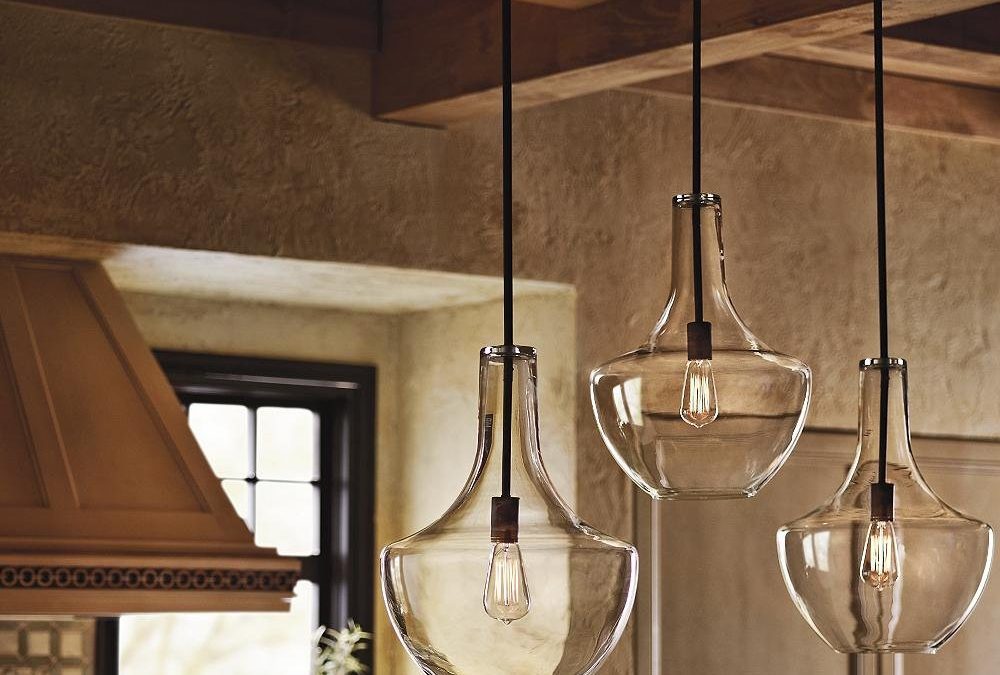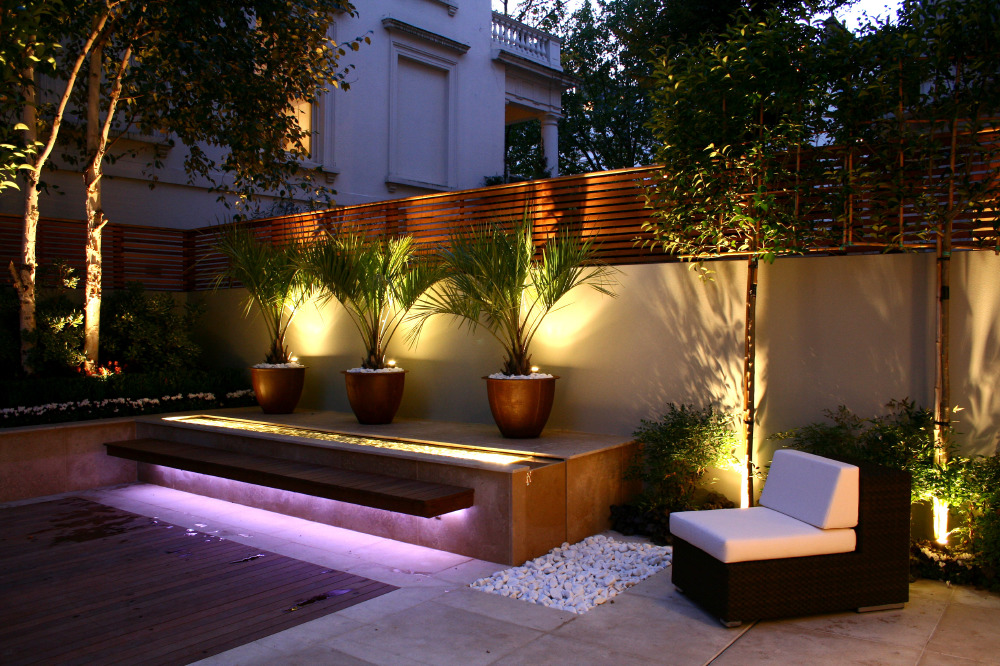
LED lighting for shopping malls
LED lighting for shopping malls
LED lighting for shopping malls:
You may not think about it, but the lighting in a shopping centre has a great influence on the general impression. Most of us have tried to visit a shop, where the lighting was either too dimmed or too intense, and in most cases this affect what you buy. In this week’s blog post, we take a closer look at how to create the perfect ambience in a shopping mall by means of LED lighting.
Upgrading from traditional lighting to LED lighting can seem like an immense and costly affair. For this reason, many malls utilize traditional fluorescent tubes, who raise the price of the utility bill. But does it have to be expensive and difficult at all, and which advantages are associated with using LED in a mall?
Reduced expenses
First, you should perceive LED lighting as an investment. And it does not necessarily need to be a long-term investment. Most luminaires are retrofit, which means that the fluorescent tube can be replaced directly with an LED tube. This makes the replacement both simple and cheap. Furthermore, it means that the return on investment in most cases is around 1-2 years, wherefore the investment is rapidly recouped. In fact, you save up to 70% on electricity when you compare LEDs to conventional lighting, seeing that light-emitting diodes are far more energy efficient than fluorescent tubes.
Create a cosy atmosphere
Besides reducing costs, LED lighting can contribute to creating a cosy environment in the shopping mall. The LED light can be adjusted with regard to luminosity and colour temperature, and the light can even follow the circadian rhythm. This means that the light is warm in the morning and evening hours, whereas it is cooler during the day. Apart from this, smart LED lighting can contribute to guiding the customers to all corners of the centre. Altogether, the customers can be encouraged to stay longer and to buy more, in particular.
Attract customers
A cosy ambience inside is crucial to the mall, but what about the outside? An increasing amount of shopping centres choose to incorporate LED lighting as a part of their façade. For example, the light-emitting diodes can be used as a billboard for special shops or as a play of colours making the centre beautiful and attractive to the sight. There are endless opportunities and the only limitation is your imagination.






